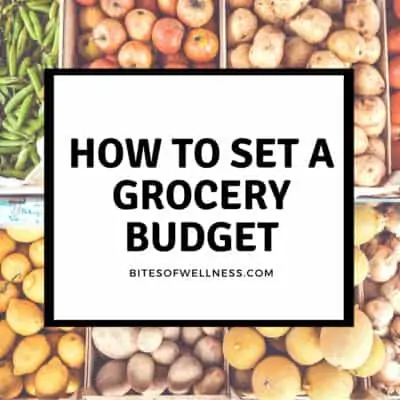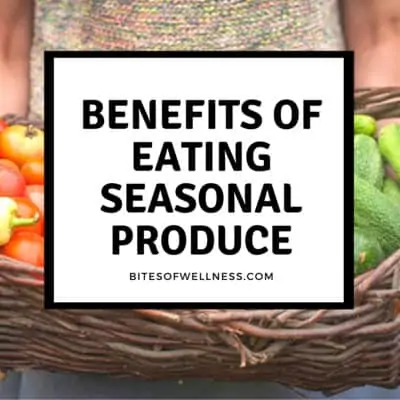How to Calculate the Cost of a Recipe
Calculating the cost of a recipe can be a great way to ensure that your planned meals for the week will fit into your grocery budget.
Although this can be a time consuming task, it really can help you save money in the long run because you can see the cost of the meal before buying the ingredients and committing to the meal.
If you find that a recipe does not fit into your budget, you can look for substitutions or ways you might be able to make the recipe work for you and your family. This can include reducing or replacing expensive ingredients, or finding a substitute for them.
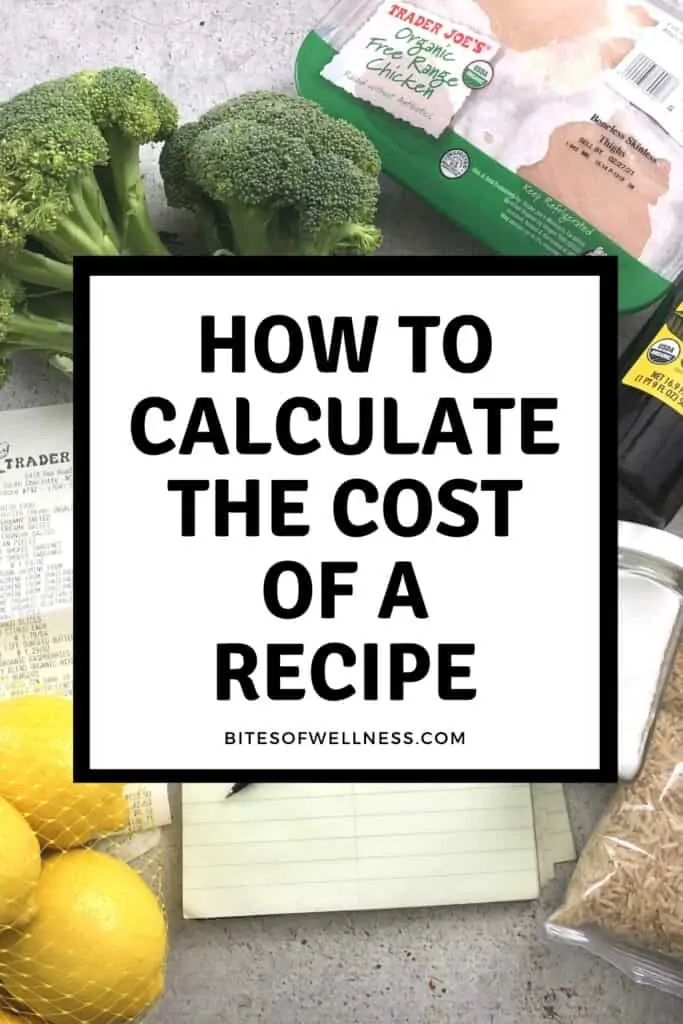
To calculate the cost of a recipe
First you need to know what are the ingredients.
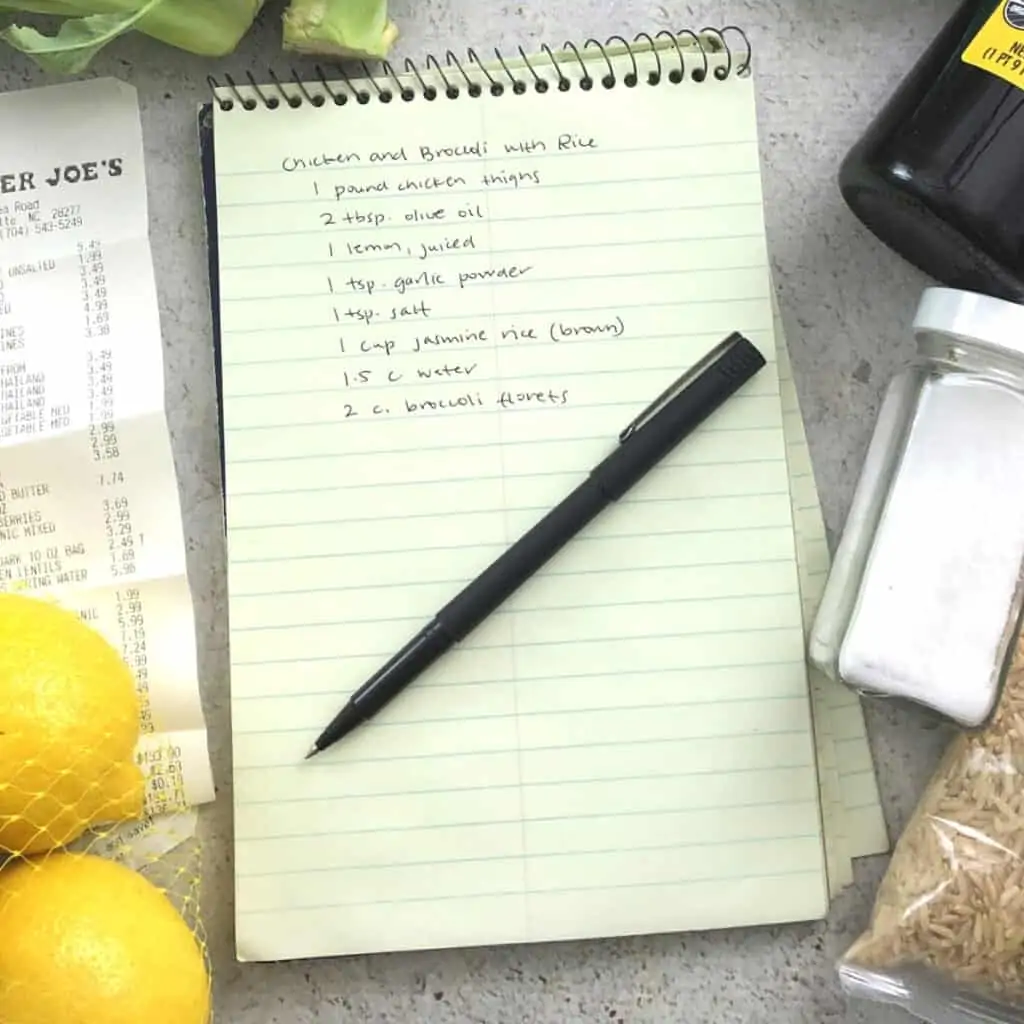
Next it’s important that you know the cost of each ingredient.
We keep a master sheet of costs that we update regularly, as costs can change throughout the year. I use our receipts from the store to update this list each month.
Most items are sold by the container (box, bag, bundle) or by the pound (chicken, produce, bulk items). Once you know the cost, you will need to do some math to figure out the cost per serving for each item.
How to calculate the cost per serving
When you know the serving size and container size
Take the container size and divide by the number of servings. This will allow you to first figure out the cost of each serving in the container.
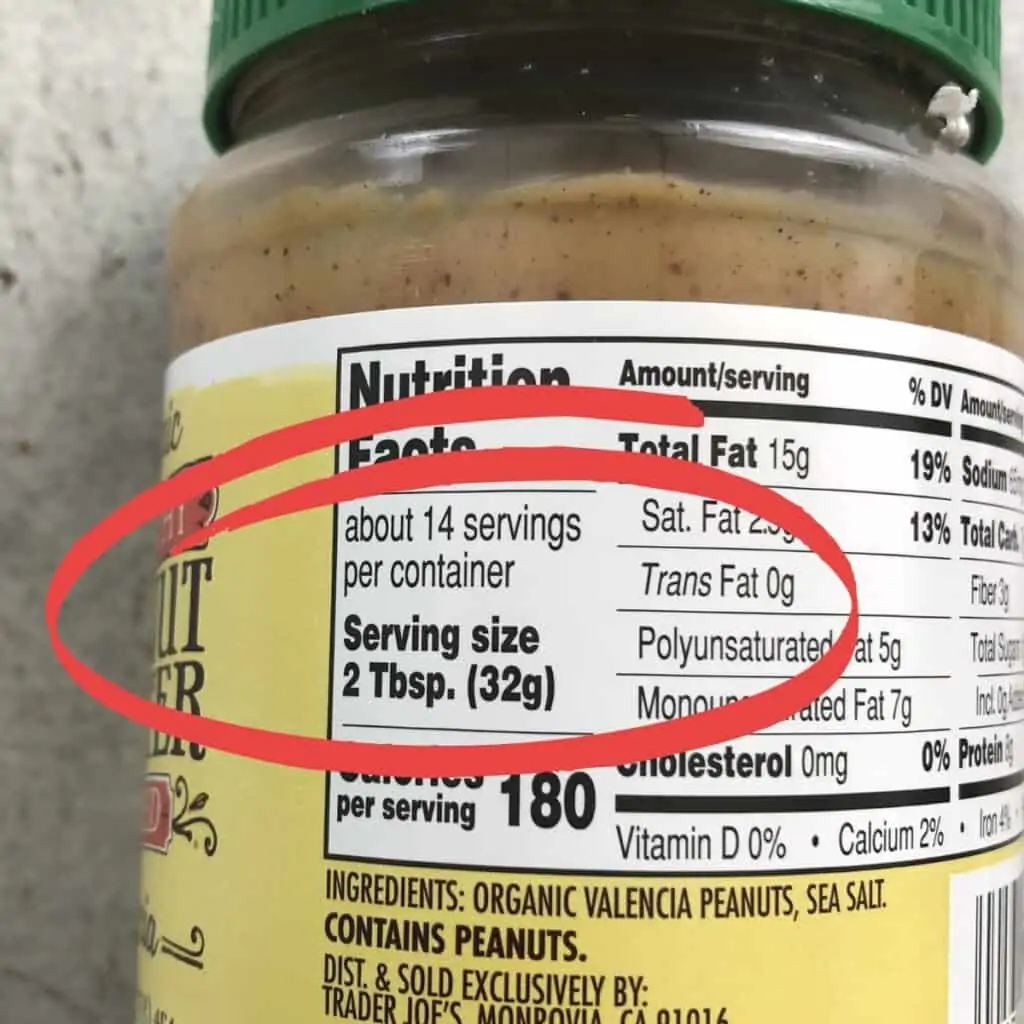
- For example: Organic Peanut Butter cost $3.49 per jar. There are 14 servings in each jar, so each serving cost $0.25.
- In this example a serving size is 2 tablespoons, which means that 2 tablespoons of peanut butter cost $0.25, one tablespoon then costs about $0.13 (I always round up) and ¼ cup costs $0.50 (as there are 4 tablespoons in ¼ cup).
When you know the cost per pound
This is a simple calculation. Once you know the cost per pound, you can use that measurement to calculate how much each serving will cost.
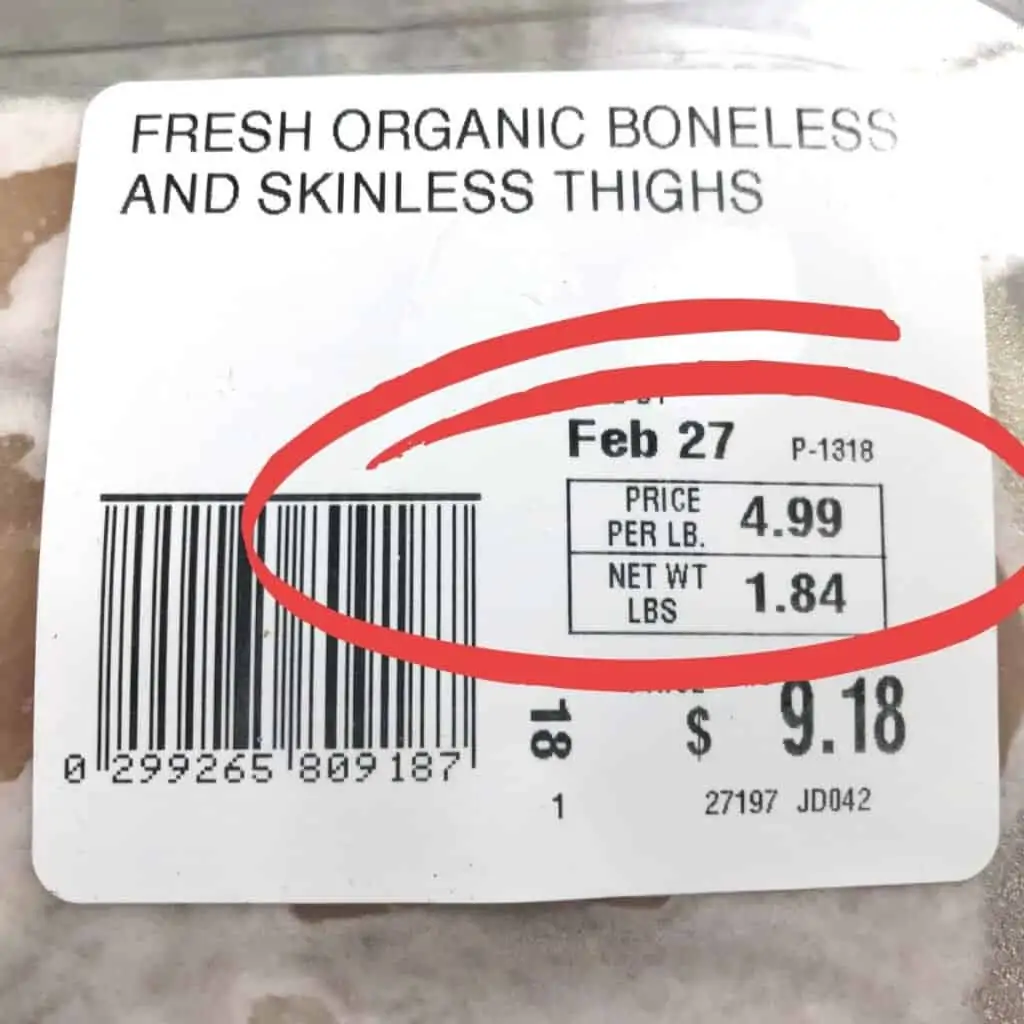
- For example: A recipe calls for 1.5 pounds of chicken thighs. You know that each pound of chicken breast costs $4.99, so the entire recipe will use $7.49 ($4.99 X 1.5).
When you are unsure about the serving size
When it is hard to estimate the serving size, I just do my best to make an accurate guess based on the information I do have.
For things like dried spices and seasonings, it can be tough to figure out the exact cost per serving, as measuring out ¼ teaspoon of something like dried basil would require a very precise scale. Because of this, I use a simple blanket cost for these spices:
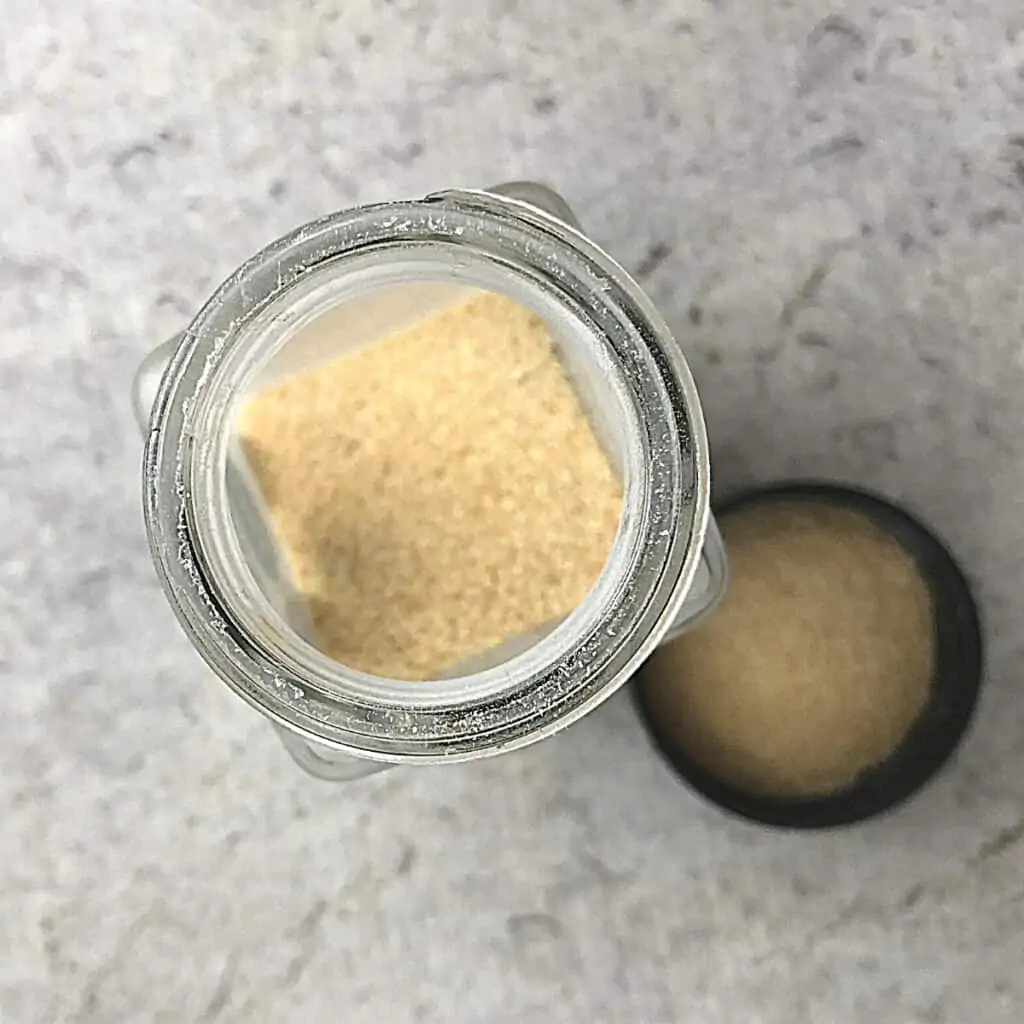
- Salt costs about $0.05 cents per 1 teaspoon.
- Spices and dried herbs cost $0.10 per teaspoon. I get most of my spices at Trader Joe’s, Aldi or Thrive Market to keep the prices down.
- If you find that you have a very expensive herb/spice that you paid more than $5 per bottle for, you can increase the cost to $0.15 or $0.20 per teaspoon.
How to calculate the cost of water in a recipe
Water is always free when I calculate a recipe. Yes, I know you spend money on water each month, but typically you pay about $0.0025 for a gallon of water. There are 16 cups per gallon. When you do the math that is essential $0.00015 per gallon which I round to $0.00.
If you pay for your water a different way, you may use a different number when it comes to cost per cup.
Is that really the price since I have to pay for the entire bottle/container/etc.?
You may be thinking, it’s not really accurate to only reflect the cost per ingredient as written in a recipe, since I have to buy an entire bottle coconut aminos for this recipe, but it only needs 2 tablespoons.
While I understand that argument (that you might be spending more at the store than the cost of the recipe), this thought process does not take into account the meals you will be able to make with the rest of this bottle later in the week/month.
Because I work hard to find ways to use up all of my leftover ingredients or freeze those ingredients for later, I believe that calculating the price per ingredient as written in the recipe is the best approach.
Also this approach helps to keep things more consistent as you are comparing two recipes or want to make that recipe again down the line.
Pro tip 1: One great tip I have for you if you are trying to reduce your grocery spending this week is to first look at the ingredients you already have in the pantry and find recipe that fit those items. This way you can help spread your budget to only buying the few fresh ingredients you may need like proteins and veggies.
Pro tip 2: When it comes to fruits and vegetables, look for whats in season! In season fruits and vetetables are often much less expensive than when they’re not in season. To learn more about saving money by choosing seasonal produce.
Here are some common breakdowns of measurement to help you calculate the cost of a recipe
Many items that come pre-packaged will tell you the serving size in teaspoons, tablespoons or cups. These are the common measurements that I use when calculating the cost of a recipe:
- 3 teaspoons = 1 tablespoon
- 4 tablespoons = ¼ cup
- 5.33333 tablespoons = 1/3 cup
- 8 tablespoons = ½ cup
- 16 tablespoons = 1 cup
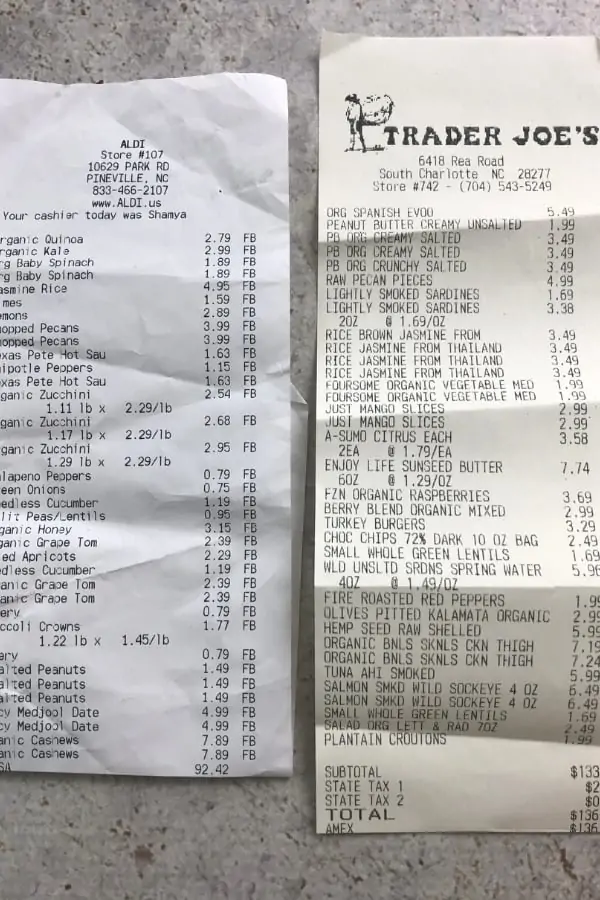
Let’s calculate the cost of a recipe together
1 pound boneless, skinless chicken thighs $4.99

- You go to the store and see that 1 pound of boneless, skinless chicken thighs = $4.99
2 tablespoons of olive oil $0.44

- You buy a bottle of olive oil that costs $5.49 a bottle and you see there are 25 servings, and each serving is 1 tablespoon. This means that the cost per tablespoon is ($5.49/25 = 0.22 per serving). This recipe calls for 2 tablespoons so the cost of the olive oil is $0.22 X 2 = $0.44
1 lemon, juice $0.36
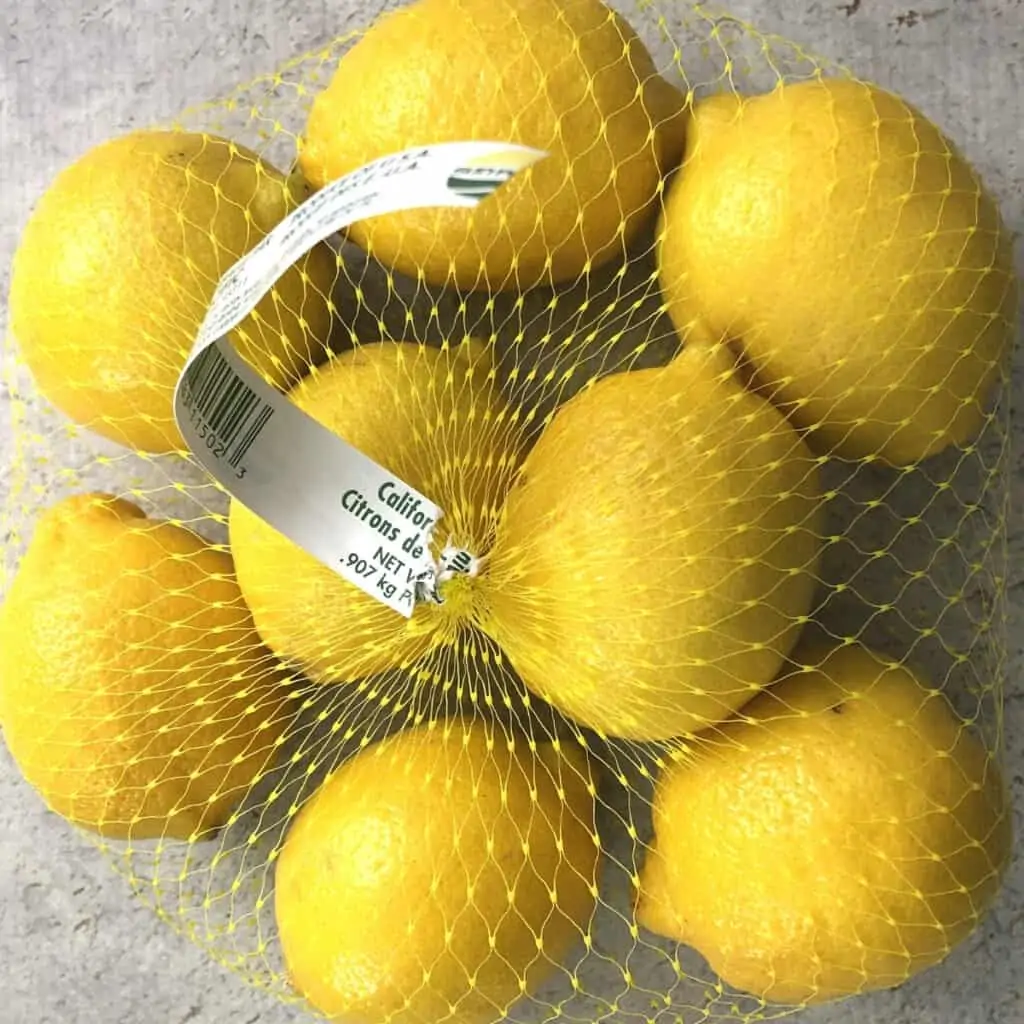
- You buy a bag of lemons at the store for $2.89. There are 8 lemons in the bag so the cost of each lemon is $0.36. This recipe uses 1 lemon, so the cost is $0.36.
1 teaspoon garlic powder $0.10

- As I discussed above, calculating the cost of spices can be tricky so I use $0.10 per teaspoon. This recipe uses 1 teaspoon so the cost is $0.10.
1 teaspoon salt $0.05
- As discussed above, calculating the cost of salt can be tricky, so I use $0.05 per teaspoon. This recipe calls for 1 teaspoon so the cost is $0.05.
1 cup brown jasmine rice (dry) $0.48

- You buy a bag of brown jasmine rice for $3.49 per bag. The bag has 30 servings, and each serving is ¼ cup. This means that each serving is $3.49/30 = $0.12 for each ¼ cup. You will need 4 servings to equal a cup of rice (1/4 X 4 = 1 cup). This means that the rice will cost $0.12 X 4 = $0.48.
1.25 cups water $0.00
- Water is always free when I calculate a recipe. So the cost here is $0.00
2 cups broccoli florets $0.75
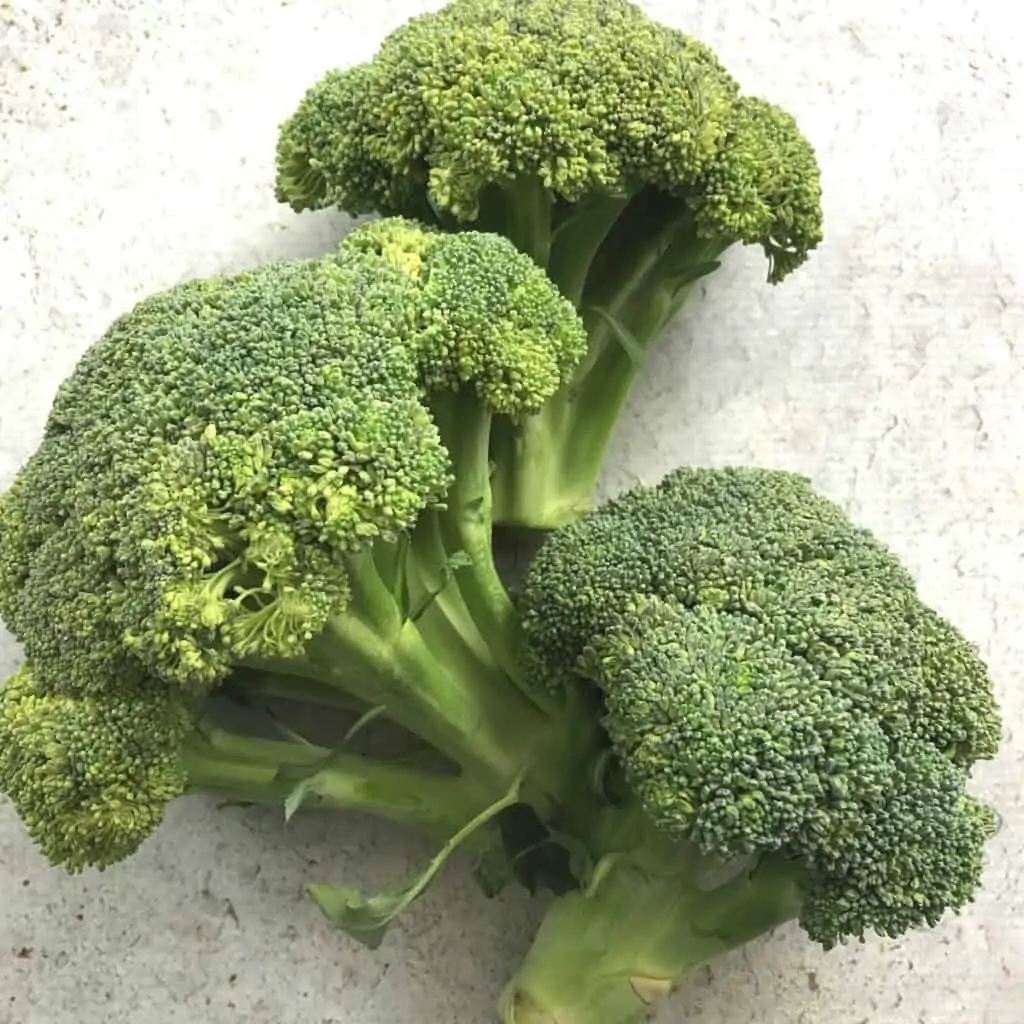
- You know that 1 pound of broccoli typically makes about 4 cups of broccoli florets. You can buy broccoli for $1.45 a pound. Since you only need 2 cups, you will need ½ of the pound ($1.45/2 = $0.73).
Total cost of the recipe = 4.99 + 0.44 + 0.36 + 0.10 + 0.05 + 0.48 + 0.73 = $7.15.
How to calculate the cost per serving
Once you know the cost for the entire recipe, to calculate the cost per serving, simply divide the total cost by the number of servings stated in the recipe.

In the example above, let’s say that chicken dish serves 4 servings and it cost $7.15 to make. That means the cost per serving is $7.15/4 = $1.79 per serving.
What to do once you have the recipe costs
Once you know the recipe cost, you can save your recipes by cost so that you can easily put together menus in the future.
Get more budget tips
If you are looking for other ways to save money on groceries, be sure to check out:

